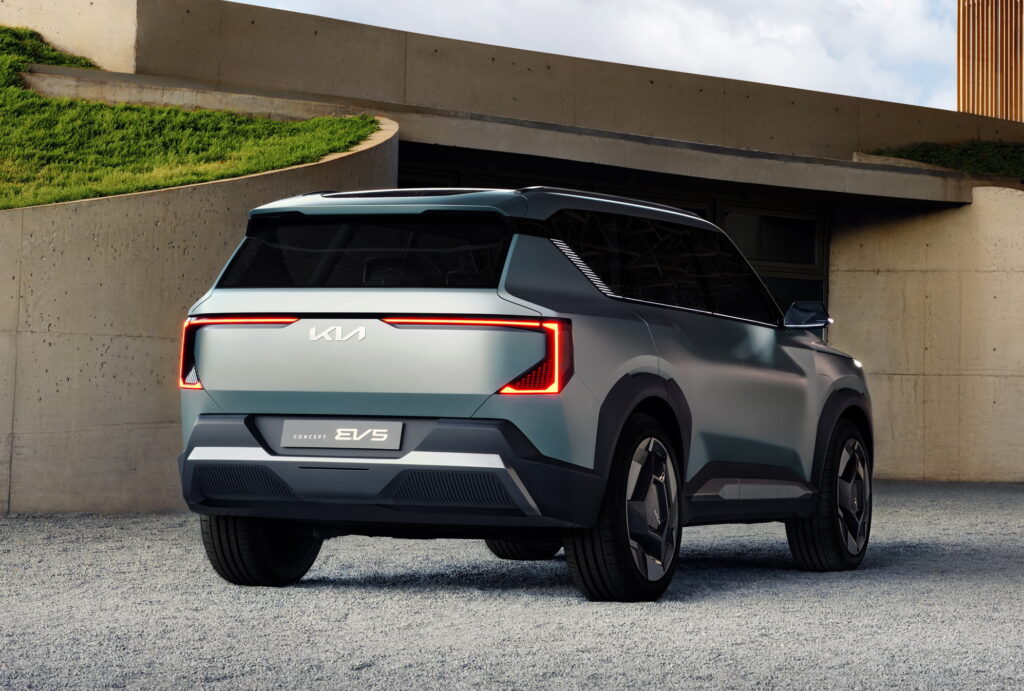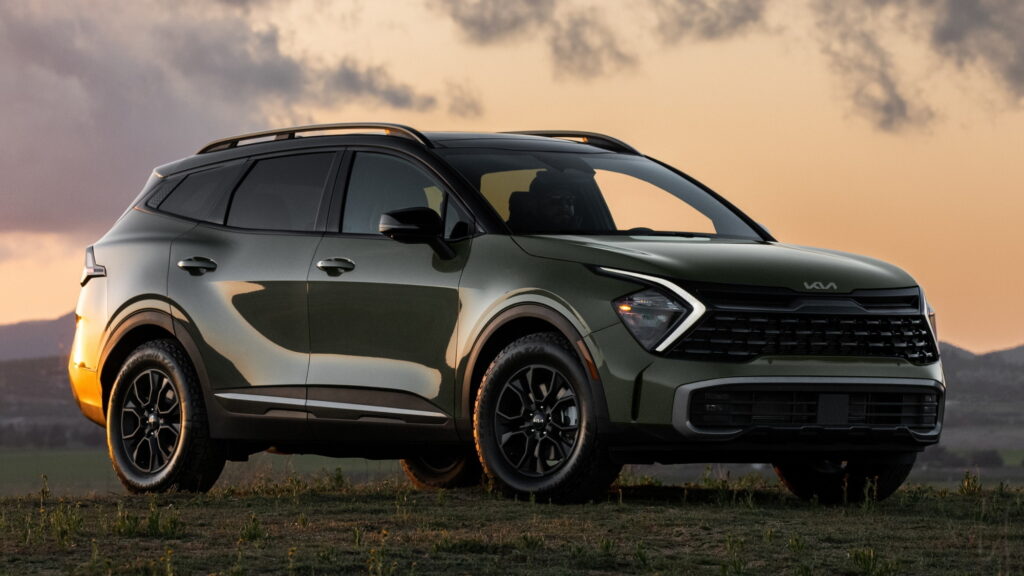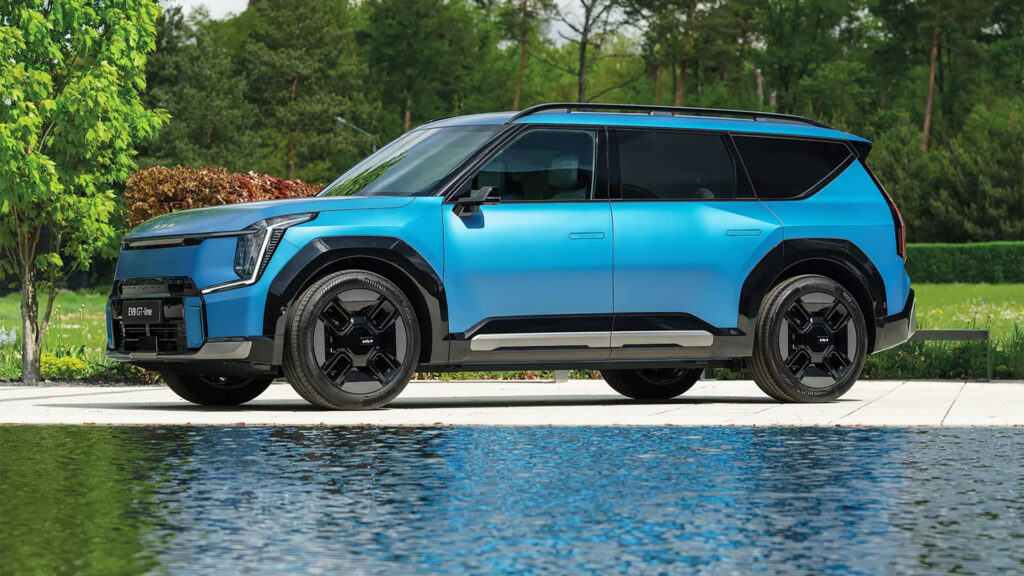Kia design boss Karim Habib has suggested that the SUV of the future could be different from the models of today, in part because of the wider adoption of electric powertrains and the more freedom that they give designers.
The South Korean car manufacturer refers to its current design philosophy as Opposites United. This dramatic styling language has led to the creation of eye-catching vehicles like the Sportage, Sorento, EV6, EV9, and the EV5 concept. The EV9 is perhaps the most dramatic of all and while it has the potential to be a strong seller, Habib believes that “the post-SUV is coming.”
“I don’t like to pretend that I can tell people what they’re going to be doing in the future,” Habib said when asked by Autocar if we will always have SUVs. “SUVs were maybe a learning from people driving [MPVs] and being tired of it. The post-SUV is coming.”
Read: New Kia EV9 Photos Show More Of The 3-Row Electric SUV

Habib added that “there are more efficient ways of doing space” when an SUV has an electric powertrain. For example, the cabin of an electric SUV can be larger than that of one powered by a combustion engine due to the lack of a transmission tunnel and there not being a need for a large engine bay.
“I think [we’re] in a world where technological progress needs to be visible,” Kia’s design boss added. “If the SUV doesn’t manage to show that, it’s not going to survive. If we manage to create vehicles that are SUVs that do feel like they progress, I think they’re going to survive. So I think that’s more the question than the actual typology itself: what does it symbolize?”
Interestingly, Habib isn’t fond of modern SUVs trying to be as sleek as possible in a bid to increase their range. He remains a big fan of vehicles like the Land Rover Defender and Jeep Wrangler and believes their simple shapes are something that shouldn’t be lost.
“A love for that authentic proportion is part of it,” he said. “And to be honest, the other reason is now that EV SUVs are all trying to be super-sleek, so we just wanted to try to not do that and [yet] still try to achieve the aerodynamic efficiency that would get us to the range that we want to have.”




